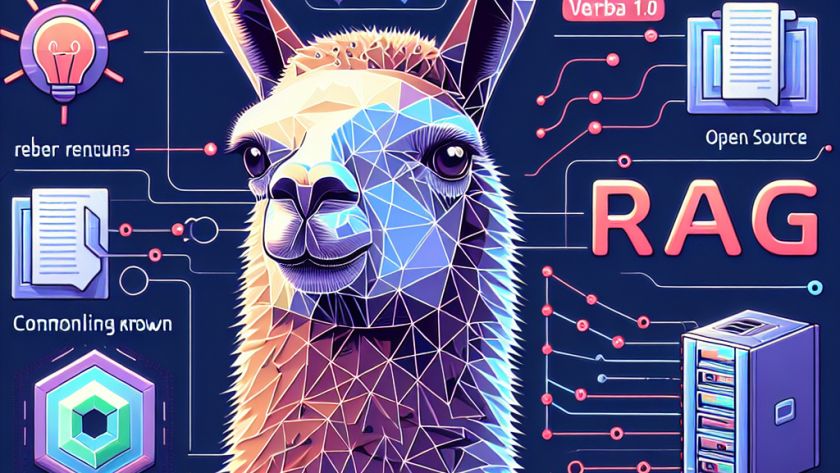The Technology Innovation Institute (TII) in Abu Dhabi has launched "Falcon," a ground-breaking collection of language models. They're available under the Apache 2.0 license, with Falcon-40B being the first "fully open" model that's equivalent in capabilities to numerous proprietary alternatives. This innovation marks a significant step forward in the field, presenting a wealth of opportunities…












